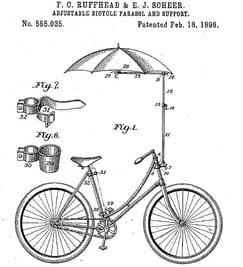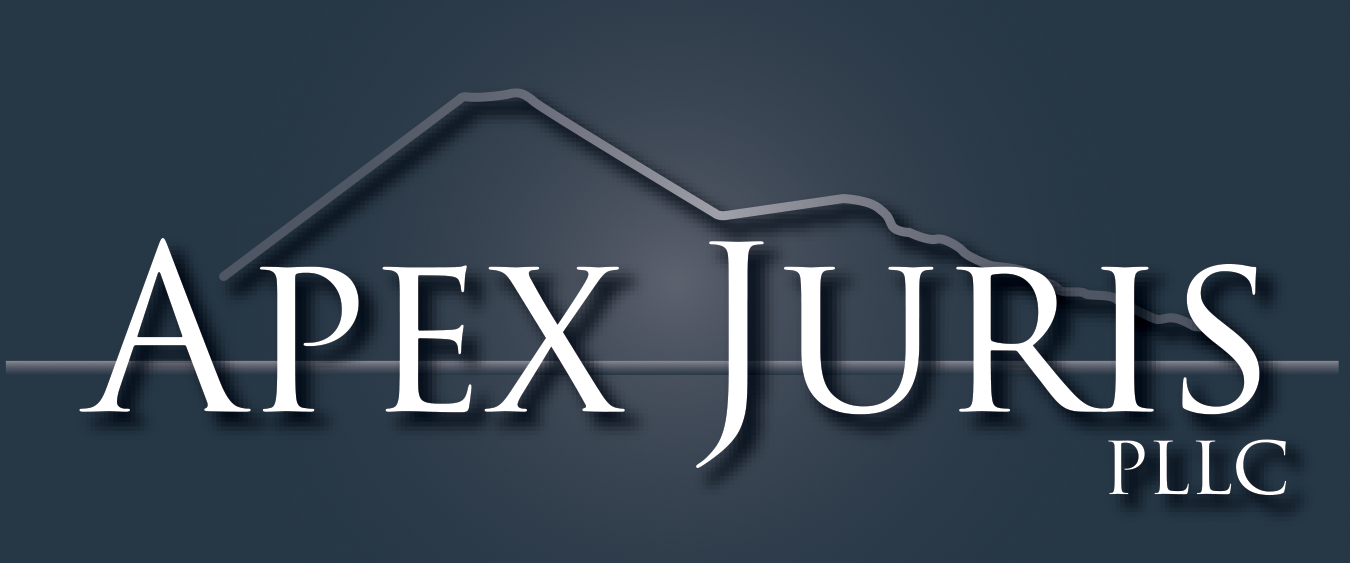What do you need to do to market an invention?
Banner photo by Martin Bydalek Photography
Before you can take a new product to market, you must first secure a patent. In order to file a valid patent application, you must show your invention meets five requirements:
- Patentability – Your invention must be a product, process, or method that can be patented.
- Utility – Your invention must be considered useful.
- Novelty – Your invention cannot be something that is already known - it must be new and novel.
- Non-obvious – Your invention must not be the next obvious or logical step in prior art to someone of ordinary skill in the related field of the invention.
- Enablement – The patent application must describe the invention in enough detail such that a skilled person in the invention’s related field could carry out the claimed invention.
Patentable
Your invention must be patentable. What is patentable? Many things are not patentable:
- Discoveries, scientific theories, or mathematical equations. They may be brilliant, ground shaking or new, but you cannot patent them. However, your invention may use them. For example, you can use a new mathematical equation in a new, patentable process, but you cannot patent the mathematical equation.
- An aesthetic or artistic creation. You may be able to copyright your work of art, but you cannot patent it, unless it is an ornamental design on a product.
- Laws of Nature. Natural laws are found in nature and mathematical equations are often used to explain them. If you discover a law of nature, you cannot patent it. For example, E=MC2 is a law of nature discovered by Albert Einstein, but it is not patentable.
- Living Things. Any living thing found in nature cannot be patented. Even if you make something new by mating two organisms, you cannot patent it. For example, you can breed two types of dogs to make a new breed, but that new breed cannot be patented. Genetically modified organisms is patentable. See below. It is possible to asexually reproduce a new variety of a plant that can be patented. See below.
- Ideas cannot be executed so they cannot be patented. (See below). Your novel idea may lead to the invention of a product that can be executed, or made, and that can be patented, but an idea alone cannot be patented.
- Non executable products. There are a lot of great ideas out there but if it cannot be made, or executed, it cannot get a patent. For example, a perpetual motion machine would be a boon to humanity, but it is impossible to make. A process to turn lead into gold, the alchemist’s dream, is impossible to do, so it cannot be patented.
- Atomic Bombs. More specifically, the Atomic Energy Act of 1954 excludes the patenting of inventions useful solely in the utilization of special nuclear material or atomic energy in an atomic weapon. See 42 U.S.C.2181(a)
Now that we have an idea of what cannot be patented let’s look at some of the categories of inventions that can be patented. The language of the patent statute says, any person who “invents or discovers any new and useful process, machine, manufacture, or composition of matter, or any new and useful improvement thereof, may obtain a patent.”
- Process: A process can refer to any kind of process, act, or method of doing or making something such as a business process, computer software, or an engineering method. For example, the process Amazon.com uses for One-Click ordering or the process FedEx uses to deliver products overnight are both processes that were patented.
- Machine: A machine is anything that performs a function. For example, an oven, a car, and escalators are all machines.
- Manufacture: Anything that can be manufactured or made is patentable. This can be a toy, sporting equipment, fabric, computer hardware, or shoes. If it can be made, and fits the other requirements, it can be patented.
- Composition of Matter. Generally, the composition of matter is the mixture or combination of two or more substances or ingredients and can cover quite a variety of articles. For example, they can be a chemical union, or a mechanical mixture of gases, fluids, powders, or solids. So new chemical compounds and pharmaceuticals can be patented. Above we said that living things cannot be patented. But genetically-altered living microorganisms can be patented because they could not occur naturally. In 1988 the US Patent and Trademark Office granted a patent to Harvard College for the “Oncomouse”, a specific type of “transgenic non-human mammal” that can only be made in the lab.
Utility

Novelty
This is not related to Novelty Shops but to the requirement that an invention must be new to qualify for a patent. Your patent claim will be denied if your invention is known, used, or sold by anyone in the U.S. more than a year prior to your application. If your invention has been patented or described in a printed publication in the U.S. or a foreign country one year prior to your application the patent will be denied. If your attorney has done a thorough patentability search you will find out if there is a prior patent on your invention. If the item is in common use or is being sold, it is not new or novel. Another issue is the “one-year prior rule.” Suppose you go to a conference in France and give a presentation about your invention. This gets written up in a trade magazine and a video of your talk is posted on YouTube. You will have one year to apply for your patent, or it can be denied because it is no longer novel. If you go to a manufacturer to and have them make and sell some prototypes to “test the market” you will have one year to apply for your patent, or it can be denied because it has been in use and sold. If you believe that you have an invention that is no longer considered novel, talk to your patent attorney. There are exceptions for experimental uses of inventions that can exempt you from the “one-year prior rule.”
%20_2-17_01.jpg?width=900&height=513&name=martin%20bydalek%20photo%20(c)%20_2-17_01.jpg)
Non-obvious
For an invention to be patented, it must not be the obvious next or logical step for an already existing patent or product. There must be an inventive leap. This can be a very contentious part of the patent process because it is the most subjective. What may be the obvious next step for one person may not be that obvious to someone else. The US Patent Office (USPTO) will consider the “prior art” of the technology, meaning what is generally known in that technology. The USPTO says that the patent claim must be sufficiently different from what was been used or described before (prior art) so that it is not obvious to a person of ordinary skill in the area of technology related to the invention. For example, if you have a machine that sorts apples and there is another machine that cleans apples, making a machine that sorts and cleans apples would be an obvious next step. There would need to be some inventive leap from sorting apples to doing something non-obvious with the apples. There can be exceptions. If apple sorting machines have been around for 50 years and no one ever tried to clean them at the same time, your new apple sorting and cleaning machine may be non-obvious. If a new product is a big commercial success it may show that there was nothing on the market that was similar and will indicate that the new product was non-obvious.
Enablement
The patent application must describe the invention in enough detail such that a skilled person in the invention’s related field could carry out the claimed invention. There needs to be a detailed written description of the invention, and the process of making and using the invention, and a precise legal definition of the invention. This requirement protects the inventor’s claims, but it also shows that the inventor has possession of the invention. The inventor must write specifications broad enough to cover all aspects of their claim, but not so broad that they go beyond the supporting specifications. The final test is whether there is sufficient information for a person of ordinary skill in the art to practice the invention.
There are many aspects to consider when you are applying for a patent. Not suppling the sufficient documentation, not meeting all the criteria, or misrepresenting your claim can get your application denied. A patent attorney is trained and licensed to navigate this process and successfully guide their clients through this legal maze. If you have any questions about the process or need help with your patent claim please contact Apex Juris.
Taking your product to Market
Apex Juris is different from most patent firms in that we can help you take your product to market. This starts with evaluating your idea, making recommendations on patentability and types of patents that should be considered, and assisting with patent filings, both nationally and internationally. We will help you walk through your options to monetize your idea. These options generally include: selling your patents and IP; licensing your patents and IP; or actually making and selling your product. Please contact us at Apex to discuss your IP options!
Learn more about the patent application process.
Blog and Newsletter
Apex Juris blog and newsletter.
Banner photo by Martin Bydalek Photography

